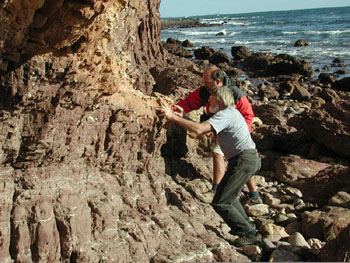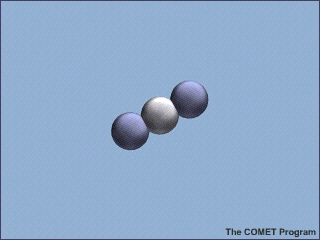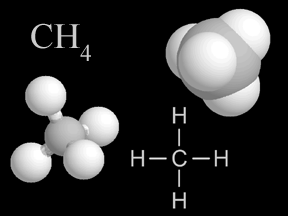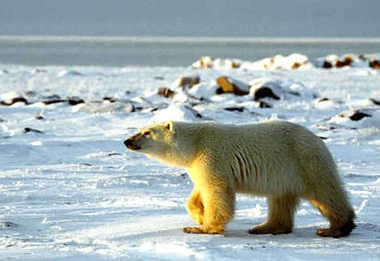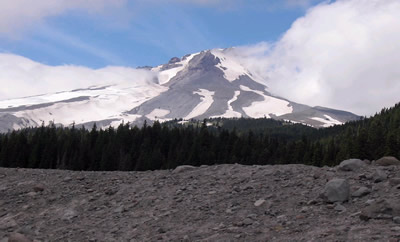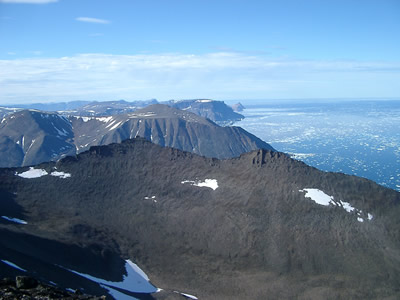Click on image for full size
Courtesy of Martin Kennedy, UCR
Scientists Search for the Cause of Ancient Global Warming
News story originally written on May 28, 2008
Earth’s climate is warming quickly now. We know that this has to do with more greenhouse gases in the atmosphere and other global changes. But there is a lot we don’t yet know about how warming will change our planet. How could we know? We’ve never been through this before, have we?
In fact, even through we humans have never seen fast global warming, our planet has. And our planet keeps records of what happened. The oldest records that the Earth keeps are in its rocks.
Geologist Martin Kennedy looked through some very old sedimentary rocks – 635 million years old. He and other scientists collected hundreds of bit of rock from South Australia. Each rock had information in it about what climate was like long ago.
By studying the rocks the scientists found evidence that fast global warming had turned Earth from a cold place into a very warm place 635 million years ago.
Earth had been covered by a thick ice sheet for millions of years before the warming started. Then a little warming caused the ice sheets to collapse. This released a large amount of the greenhouse gas methane into the air. The methane caused very fast global warming.
Today, methane is in frozen ground in the Arctic and beneath the oceans. Researchers believe that it will stay where it is unless global warming releases it into the air. If warming lets the methane loose, Earth could warm tens of degrees.


